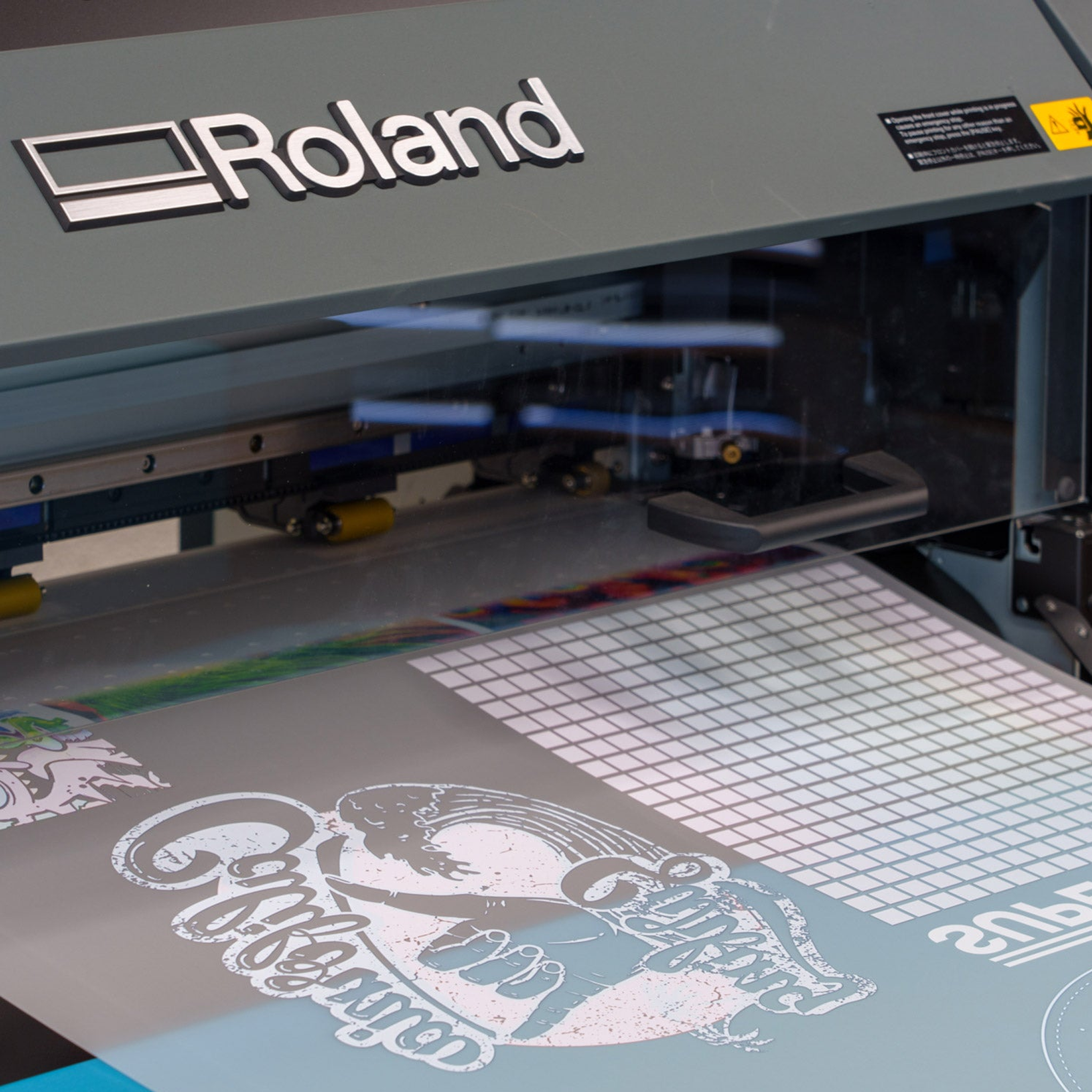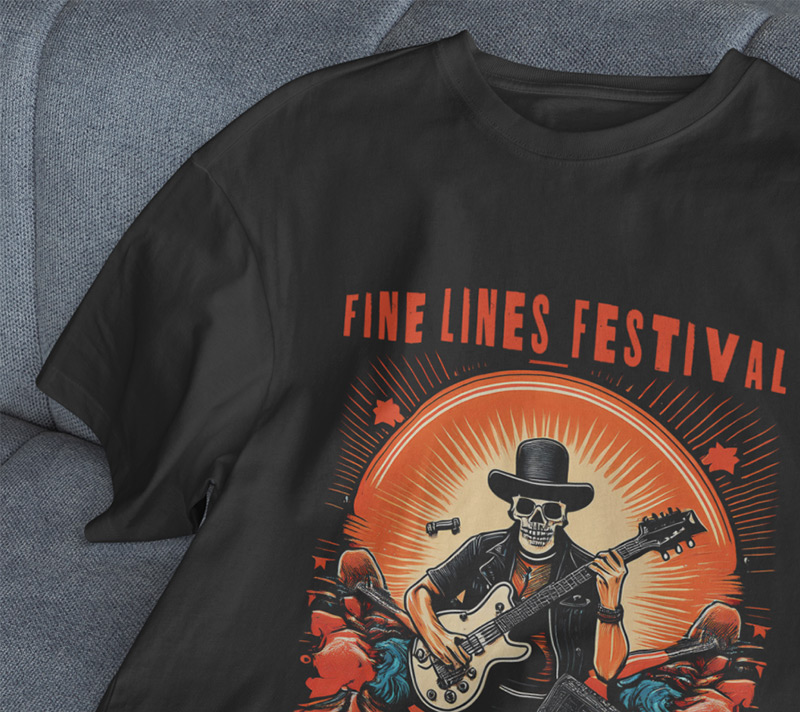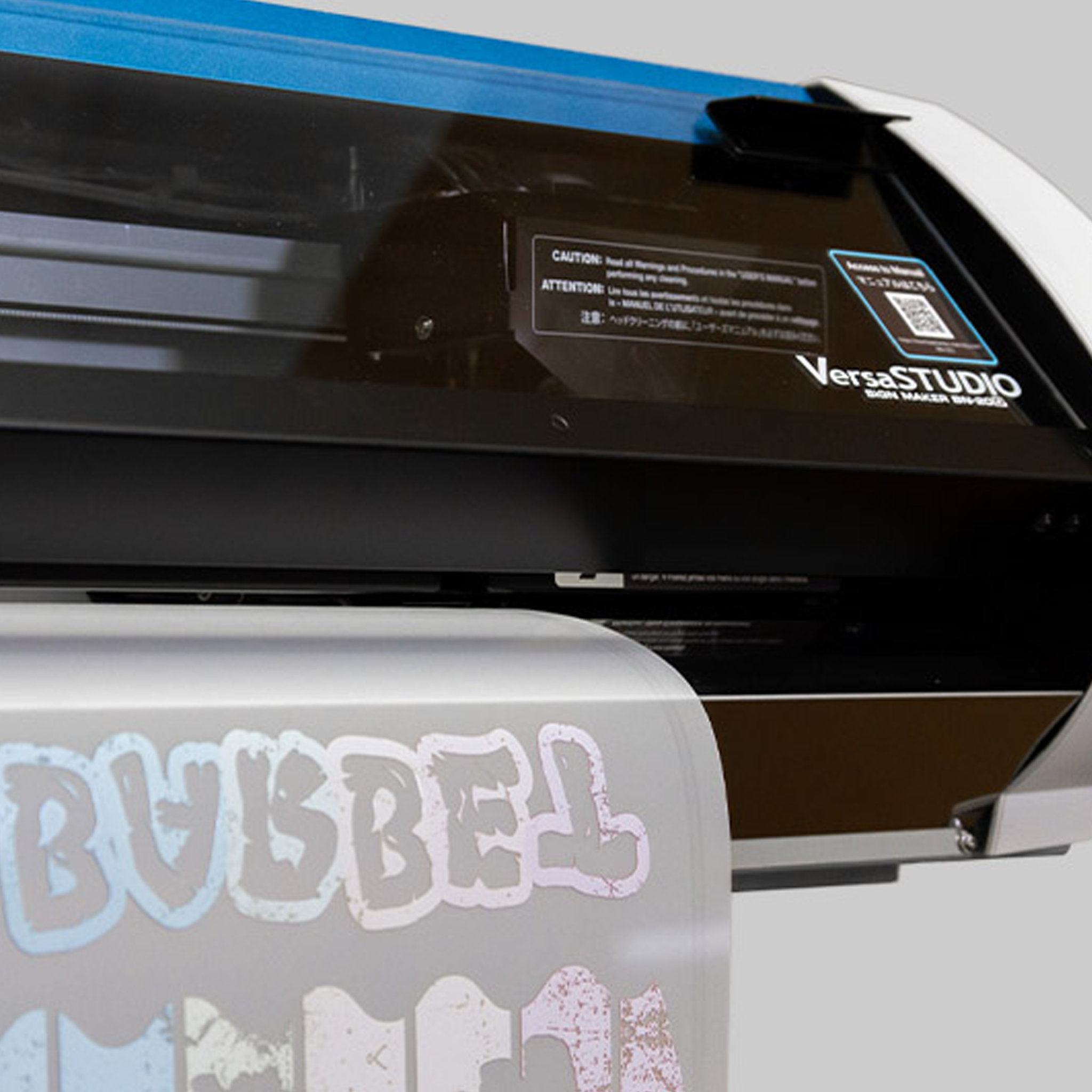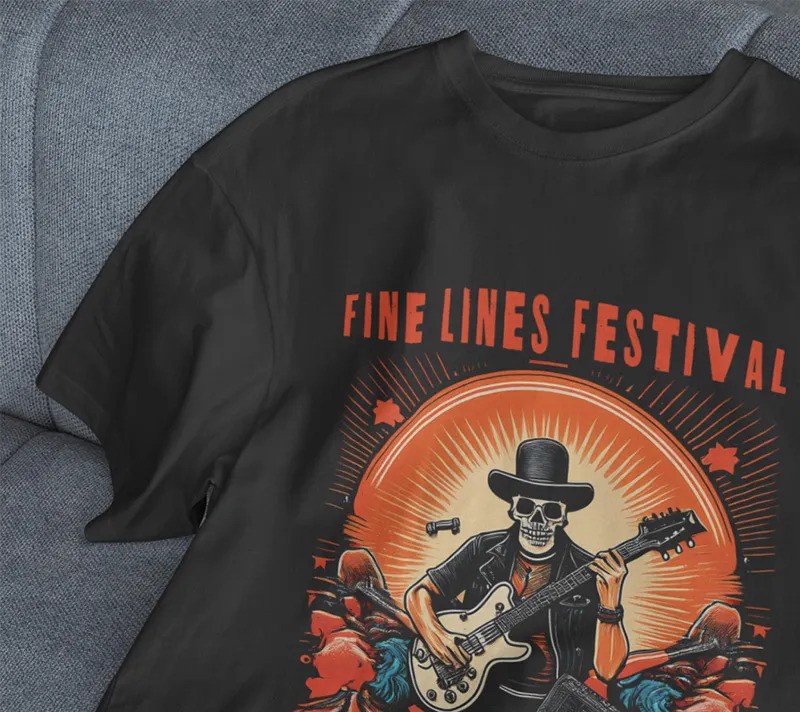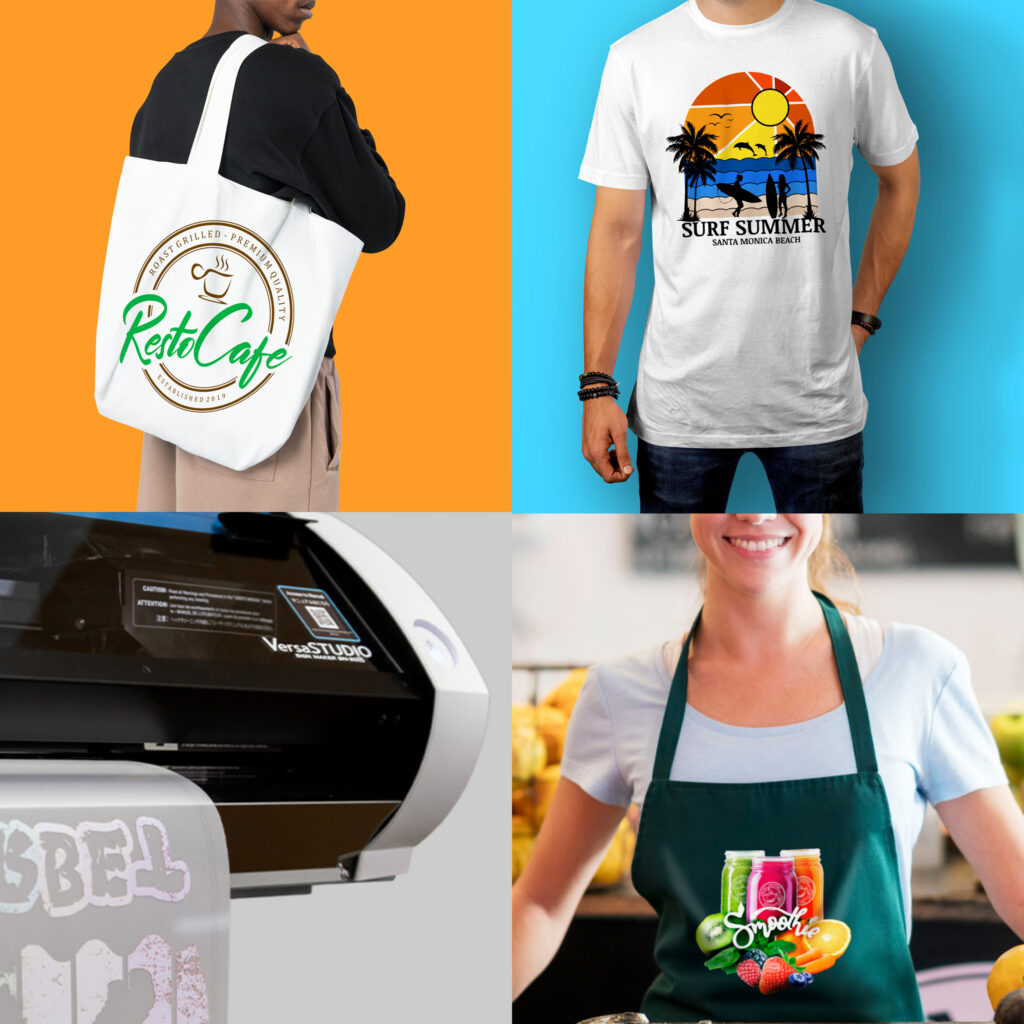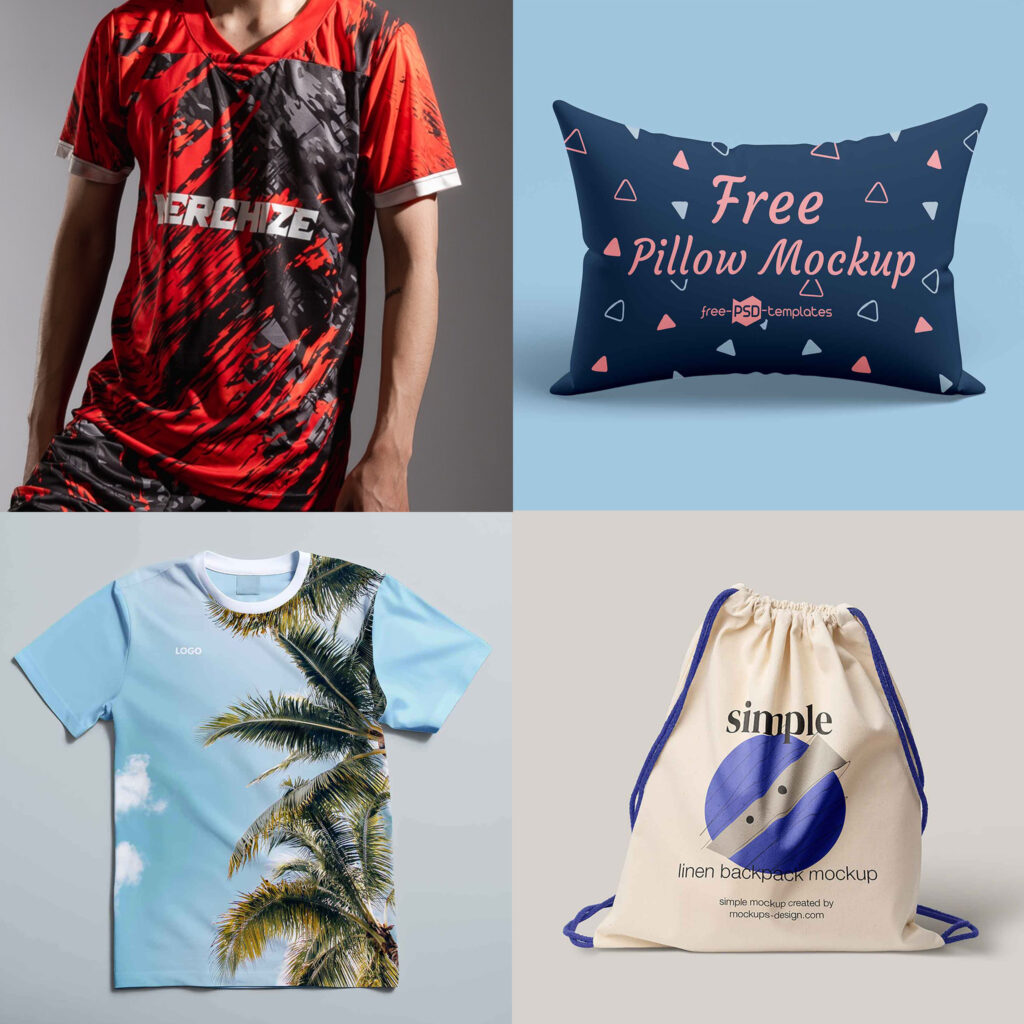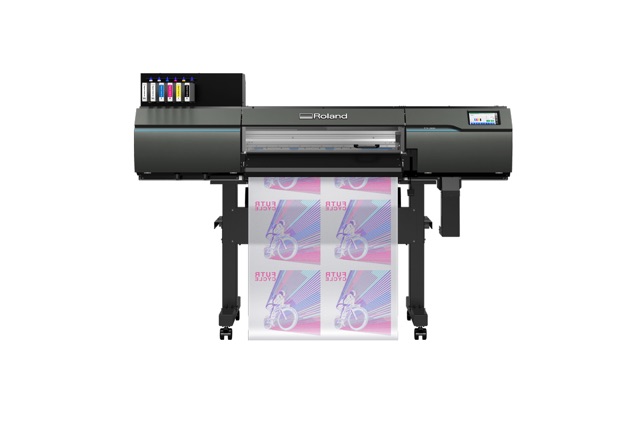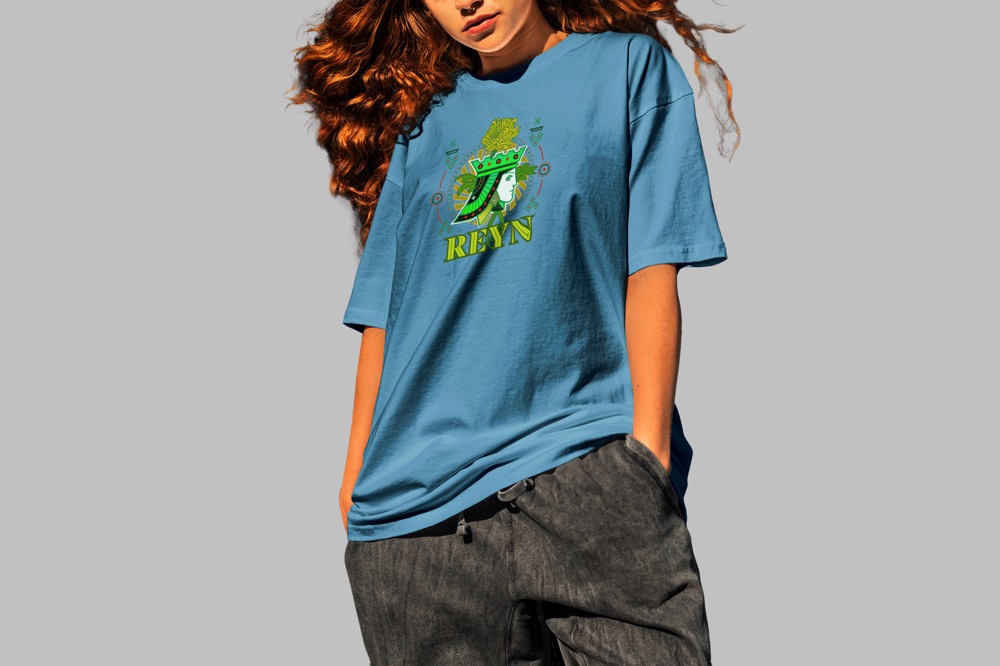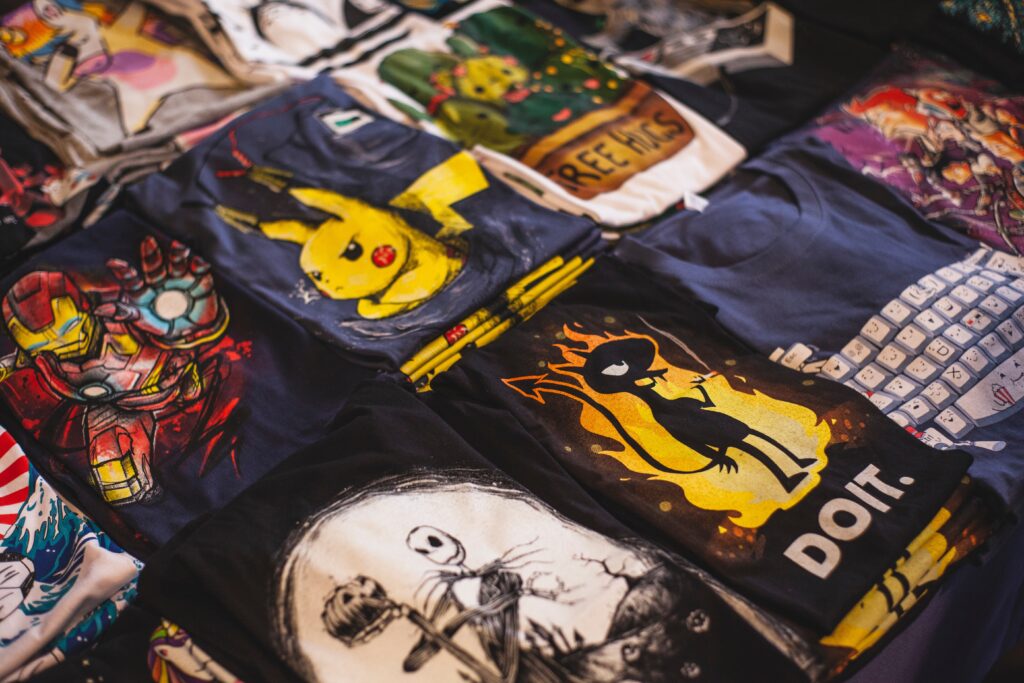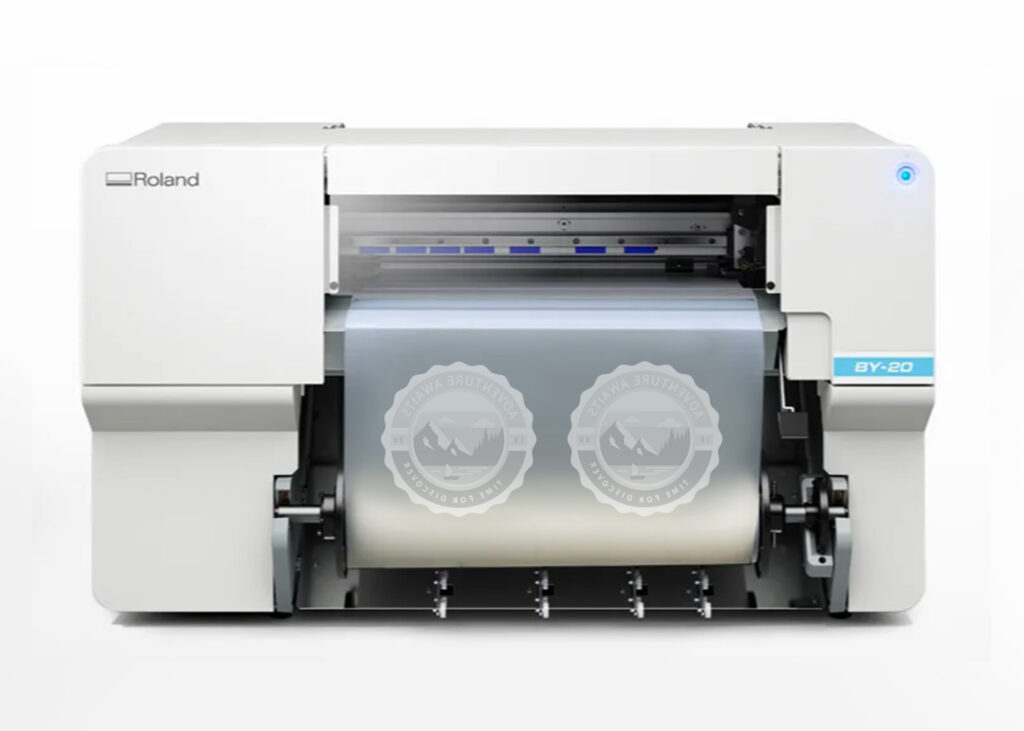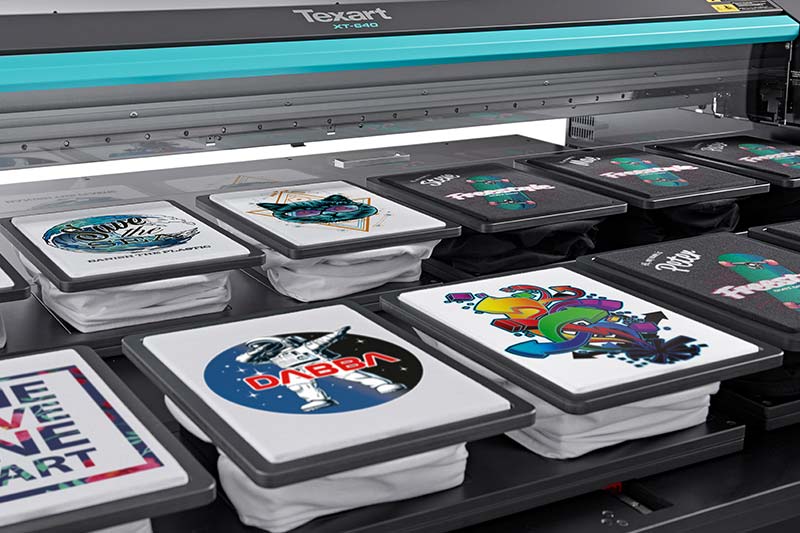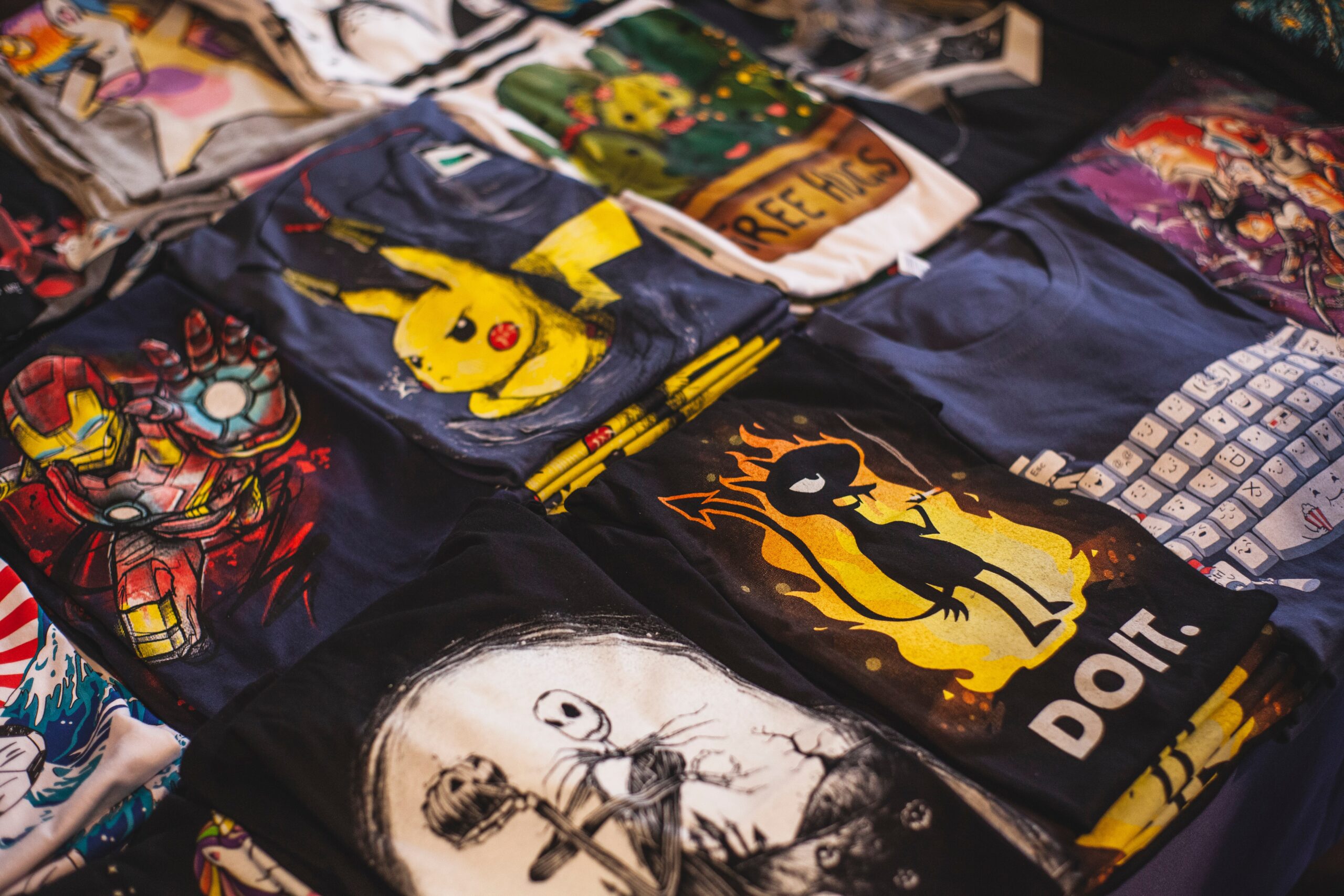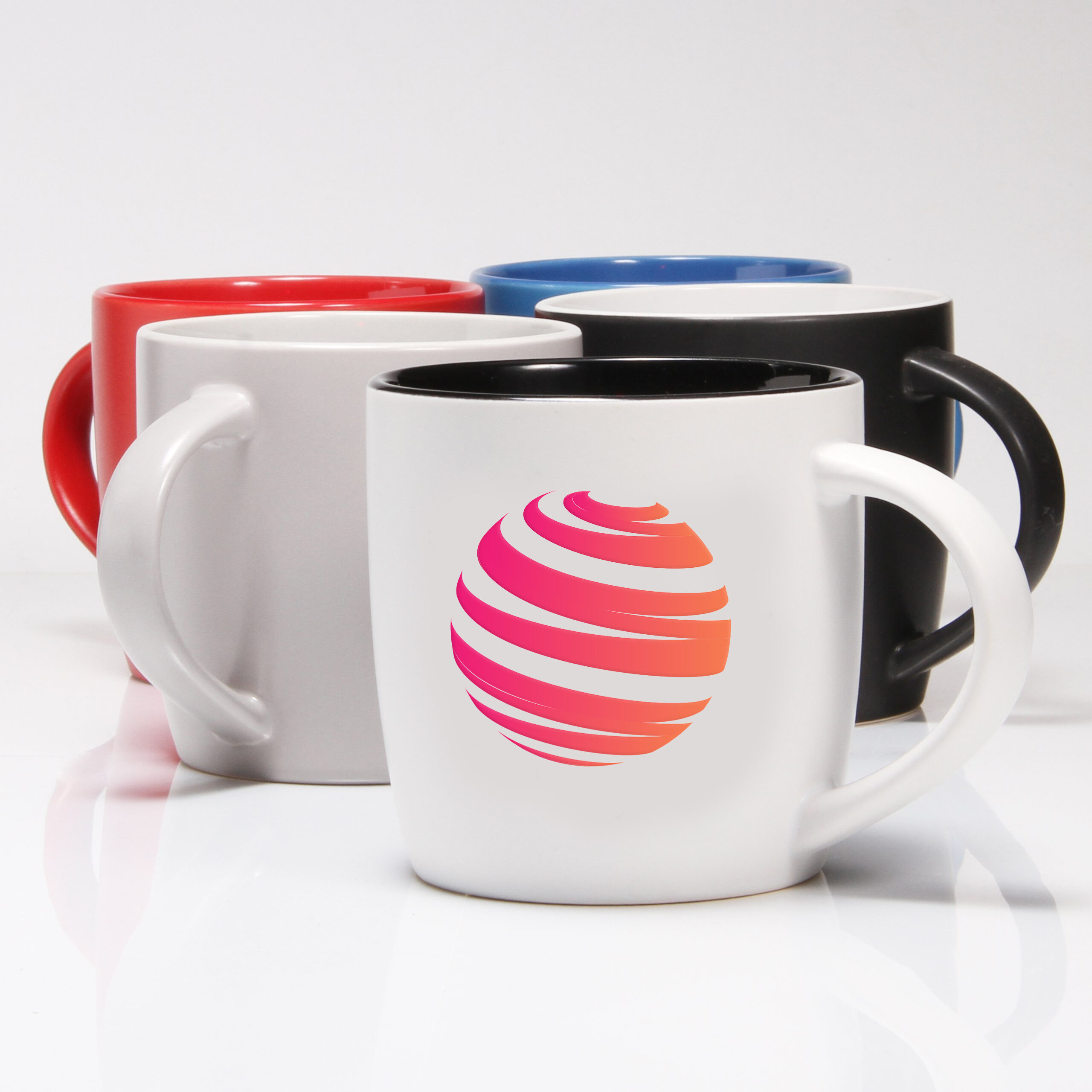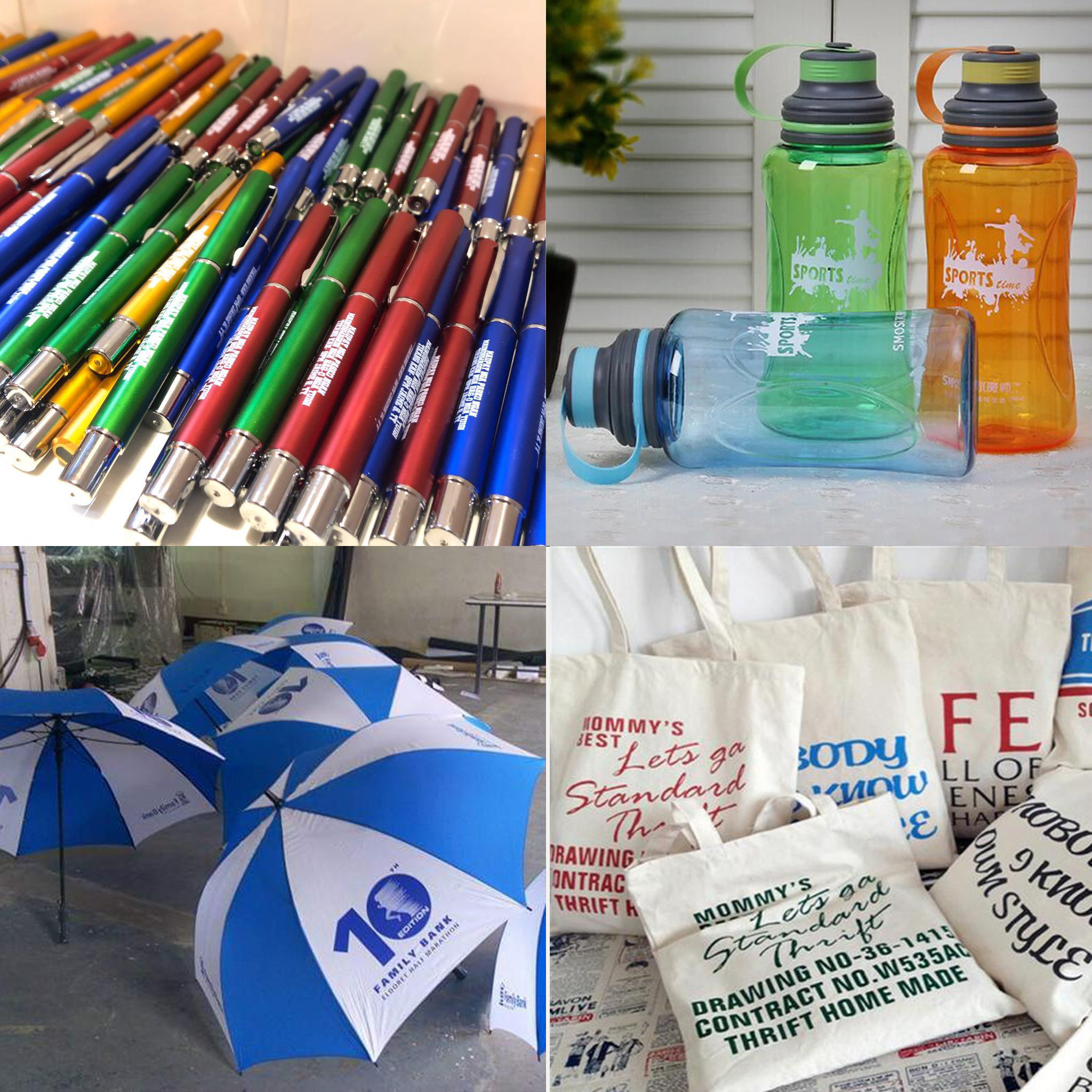Tag: Direct to Film Printer
The Advantages of DTF (Direct-to-Film) Printing
In the ever-evolving world of garment decoration and custom printing, Direct-to-Film (DTF) printing has emerged as a powerful and flexible option for businesses and creators. With the demand for high-quality, personalized apparel on the rise, DTF printing offers an efficient and cost-effective method for producing vibrant, durable designs on a variety of fabric types. Whether you’re a small business owner, a print-on-demand provider, or a large-scale apparel manufacturer, understanding the advantages of DTF printing can help you stay competitive and meet your customers’ needs.
This article explores what sets DTF printing apart from other methods like Direct-to-Garment (DTG) and screen printing, and why so many are making the switch.
What is DTF Printing?
Direct-to-Film (DTF) printing is a process that involves printing designs onto a special PET film using water-based pigment inks. Once the image is printed, an adhesive powder is applied to the film while the ink is still wet. The film is then cured with heat and pressed onto fabric using a heat press. After cooling, the film is peeled away, leaving the ink adhered to the garment.
This method allows for high-quality, full-colour transfers that work on various fabric types, including cotton, polyester, blends, nylon, and more. Unlike traditional printing methods, DTF eliminates many of the limitations that often make custom apparel production expensive or time-consuming.
DTF is Different from DTG Printing
DTF (Direct-to-Film) printing differs from DTG (Direct-to-Garment) printing primarily in how the design is applied to the fabric. DTG prints directly onto the garment using inkjet technology and typically requires pre-treatment for dark fabrics, working best on cotton. In contrast, DTF involves printing the design onto a special film, applying adhesive powder, curing it, and then heat pressing the transfer onto various fabric types. This process allows DTF to be more versatile, supporting a wider range of materials (like polyester and blends) and offering easier storage and faster production, especially for bulk or on-demand printing.
Key Advantages of DTF Printing
1. Works on Multiple Fabric Types
One of the standout benefits of DTF printing is its versatility with fabric. While methods like DTG are limited mostly to cotton and natural fibres, DTF allows for vibrant transfers on a broad range of materials, including:
- Cotton
- Polyester
- Cotton/poly blends
- Nylon
- Canvas
- Denim
This means that print shops and designers no longer need to switch techniques depending on the garment type, making production simpler and more consistent.
2. Vibrant, Full-Colour Prints with Great Detail
DTF printing produces sharp, detailed, and colourful images, including gradients and small text, thanks to the use of CMYK + white ink. The white ink layer serves as a base, ensuring that the colours pop, even on dark or colored fabrics.
Additionally, because the image is printed onto a film and transferred as a whole, fine lines and intricate graphics are preserved more accurately than in screen printing or vinyl cutting.
3. No Pre-Treatment Required
In DTG printing, garments must often be pre-treated with a solution to allow proper ink adhesion and colour vibrancy, especially on dark garments. This step is labour-intensive and can slow down production.
DTF skips this step entirely. There’s no need for pre-treatment because the adhesive powder ensures the ink bonds well with the fabric. This reduces production time and eliminates extra costs and mess.
4. Better Wash Durability
When properly applied and cured, DTF transfers offer excellent wash resistance. The combination of the adhesive powder and heat curing process allows the design to withstand repeated washing without cracking, fading, or peeling.
This durability makes DTF an ideal solution for sportswear, workwear, and everyday garments that need to hold up over time.
5. Low Setup Costs
Unlike screen printing, which requires creating screens for each colour and design, DTF printing is digital and direct. This means:
- No screens
- No colour separation
- No major setup for each job
This is particularly beneficial for short runs and on-demand printing, where setting up traditional screen printing would be inefficient or cost-prohibitive.
6. Great for On-Demand Printing
Since DTF transfers can be printed ahead of time and stored for later use, businesses can easily prepare transfers in advance and apply them when needed. This makes it perfect for e-commerce or print-on-demand models, where quick turnaround and flexibility are crucial.
Also, leftover film can be stored safely, reducing waste and improving inventory management.
7. Easier and Faster Workflow
DTF offers a more streamlined workflow than DTG and screen printing. It removes several manual steps, requires less equipment maintenance, and reduces the time per garment, allowing for faster order fulfillment.
Once the printer and heat press are set up, the process is straightforward—print, apply powder, cure, and press.
8. Cost-Effective for Small and Large Batches
DTF printing strikes a great balance between small-batch flexibility and scalability for larger orders. It allows businesses to print one-off custom pieces without incurring major costs while still being efficient enough for bulk production.
This dual advantage makes it a smart investment for startups and growing operations alike.
9. Easy to Learn and Use
Compared to other printing technologies that involve complex steps or steep learning curves, DTF is relatively easy to master. With basic training and the right equipment, users can start producing professional-quality prints quickly.
The process is also well-documented, and support from equipment and material providers is widely available.
Best Direct-to-Film Printer in 2025
Roland DG has released some of the latest and most innovative Direct-to-Film printers: the Roland VersaStudio BY-20 and the Roland DTF Printer TY-300.
Roland VersaStudio BY-20
The Roland VersaStudio BY-20 is a highly versatile desktop device ideal for a range of direct-to-film apparel applications, such as creating custom T-shirts, sportswear, tote bags, and more. With its compact design, it is even perfect for small businesses that have small production spaces.
Further reading: Introducing The Roland VersaSTUDIO BY-20 Desktop Direct-to-Film Printer
Roland DTF Printer TY-300
The Roland DTF Printer TY-300 is the latest, next-generation direct-to-film printer released by Roland DG. Designed for exceptional graphic quality and vibrant designs, the TY-300 simplifies the process of creating heat transfers on various materials such as cotton, polyester, denim, nylon, rayon, and more.
Whether you’re personalizing apparel or textiles, this cutting-edge printer delivers vivid colours, sharp text, and intricate details while optimizing cost efficiency, speed, and usability, raising the bar in DTF printing technology. The TY-300 is an essential part of Roland DG’s complete DTF solution, which includes RIP software, DTF film and powder, and an optional shaker/heater unit for smooth, automated DTF transfer production.
Further reading: Introducing Roland TY-300 Direct-to-Film Printer
Is DTF Printing Right for You?
Whether you’re new to the garment printing industry or looking to expand your current operation, DTF printing offers a low-risk, high-reward opportunity. With its wide material compatibility, strong print quality, and simplified workflow, it is especially suited for:
- Custom apparel businesses
- Print-on-demand stores
- Promotional product companies
- Sportswear and team uniform printing
- Event merchandise vendors
It’s also a great choice for those transitioning from other methods like screen printing, HTV, or sublimation who want to increase versatility and efficiency without sacrificing quality.
Direct-to-Film (DTF) printing is transforming the custom apparel landscape by offering a versatile, durable, and cost-efficient solution for garment decoration. With minimal setup, broad fabric compatibility, and vibrant print results, DTF meets the needs of today’s fast-paced, on-demand market. Whether you’re a small business owner, entrepreneur, or established print shop, investing in DTF technology could be the key to unlocking your brand’s creative potential and staying ahead of the competition.
Are you a business owner looking to elevate your apparel customization game? Consider investing in direct-to-garment printing machines. Contact us today to explore your options and take the first step toward enhancing your business with the latest in t-shirt printing technology. Let’s turn your creative vision into a colourful, wearable reality!

